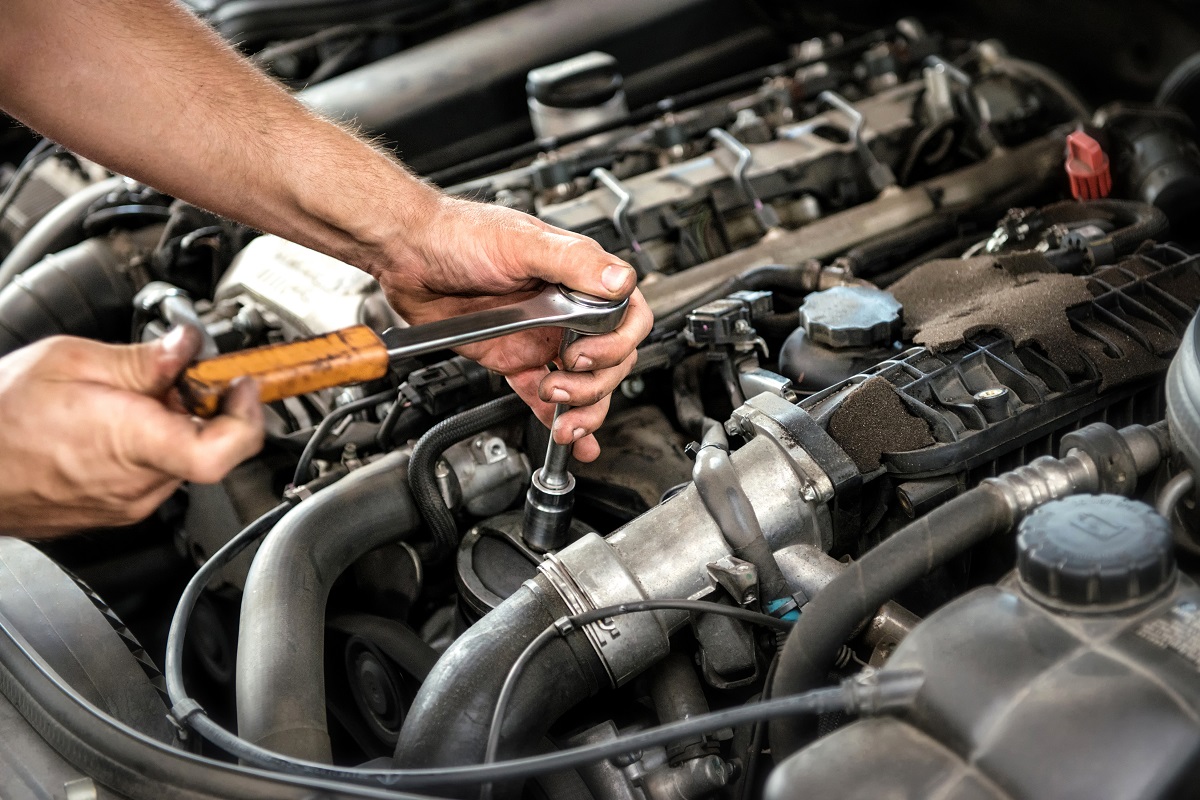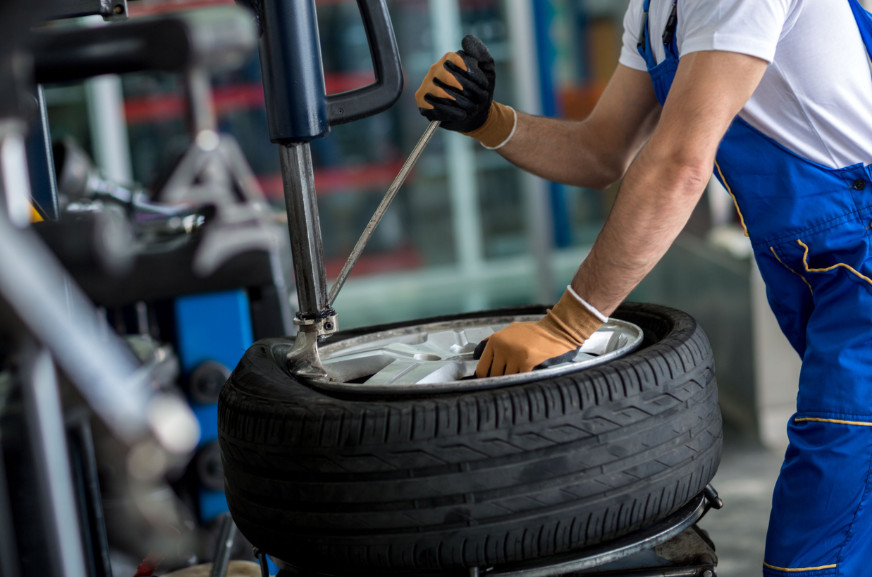As it stands it is understandable that performing regular maintenance on a vehicle is part of ownership and care. That said, because of the design of a vehicle, it comes with a manufacturer suggested maintenance schedule. With this the owner gets a basic idea of when to perform general operations that are designed to prolong its life and operation.
Ottawa Road Conditions Do Affect Handling
Part of the regular vehicle checkup is performed on the components that directly effect the drivability or handling. Along with this set of inspection points comes the fluid check, such as the condition of the engine oil, coolant, and the ignition components. However, the major components to check, as a reflection of the road conditions, are the tires, brakes, steering, and shocks.
Other items like the vehicle battery. Headlights, and running lights are also important. Moreover, the most important aspect of vehicle operation is monitoring the condition of the engine oil. Because of the weather patterns and conditions in Ottawa a vehicle engine is under a lot of stress, through starting in the sub-zero temperatures during the winter and the heat of the summer months. Of course the weather affects the battery in addition.
How often should the oil be checked?
Taking the information from the manufacturer of a typical sedan, the oil needs changing every 3000 to 7000 miles, with a tire rotation every 10,000 or so depending on the life of the tire. Nonetheless, some manufacturer’s recommendations may suggest a 10,000 mile oil change.
This information is based on “normal driving conditions”, which has a broad definition. Everyone in Ottawa drives differently and on different roadways. This translates to “normal driving conditions” having a different meaning for each individual and therefore changes the frequency of changing the oil.
For instance, if a person drives their vehicle consistently on the Queens Highway, to and from Ottawa, their engine runs hotter and causes the oil to break-down faster, compared to someone who mainly operates their vehicle on urban roadways. Now add to both conditions, city driving, with stop and go traffic. Be now you understand how “normal driving conditions” will vary.
Tire & Battery wear
Mentioned above was a suggested frequency for rotating the tires. The reason behind doing so is to promote even tread wear. It also presents a chance to inspect the tires for correct pressure, (also doing this once a week), and tread depth. Different tires come with specific tread life, for example, one tire may be good for 30,000 miles with another having a 50,000 mile rating.
However, the way a vehicle is driven in addition the roads, it travels will wear the tires differently than “normal driving conditions”, which can pose a safety risk higher than expected. As for the vehicle battery, most of us in Ottawa take this part of our vehicle for granted and forget to check its ability to hold a charge.Generally, batteries go bad during the colder months more than the warmer months in Ottawa. This makes that best time to check a battery that is 2 to 3 years old during the fall. The colder the air the harder a battery works to start a vehicle. Understanding this information is paramount to keeping a vehicle running and in good condition.
Want to perform regular maintenance on your vehicle? Try these local Ottawa Auto Repair, Auto tune up and Car Inspection shops:
[columns ]
[column size=”1/3″]Jim Dickinson
Auto Tuning[/column]
[column size=”1/3″]Address: 2599 Carling Avenue
Ottawa Ontario K2B 7H7
Phone: (613) 721 6244
Email: jim@jimdickinsonautotech.com
[/column]
[column size=”1/3″]View Map[/column]
[/columns]










